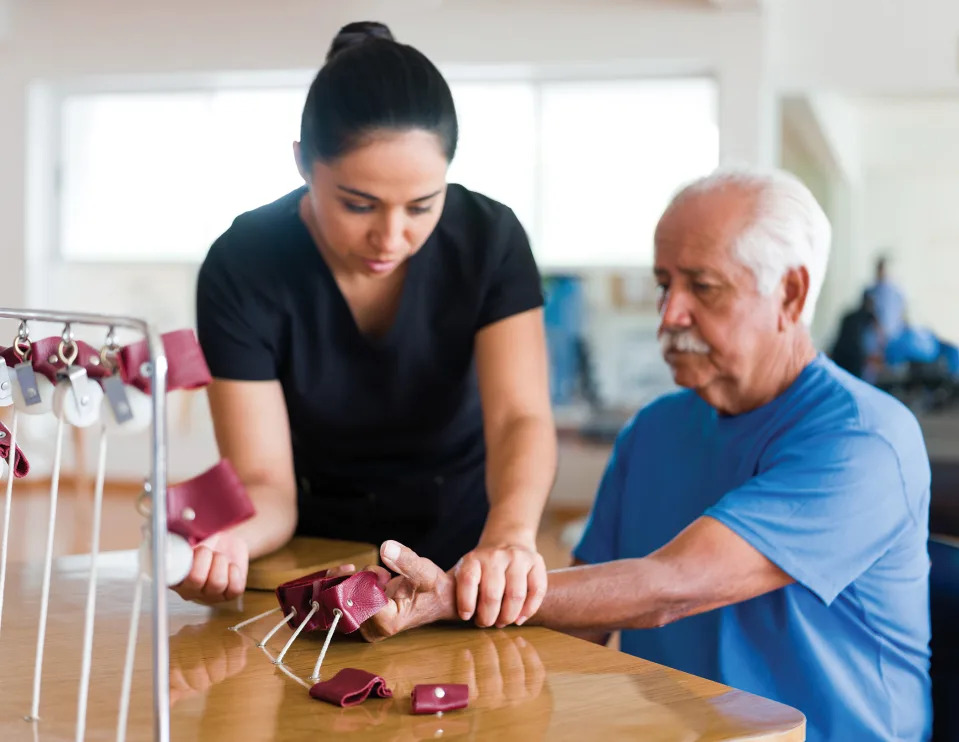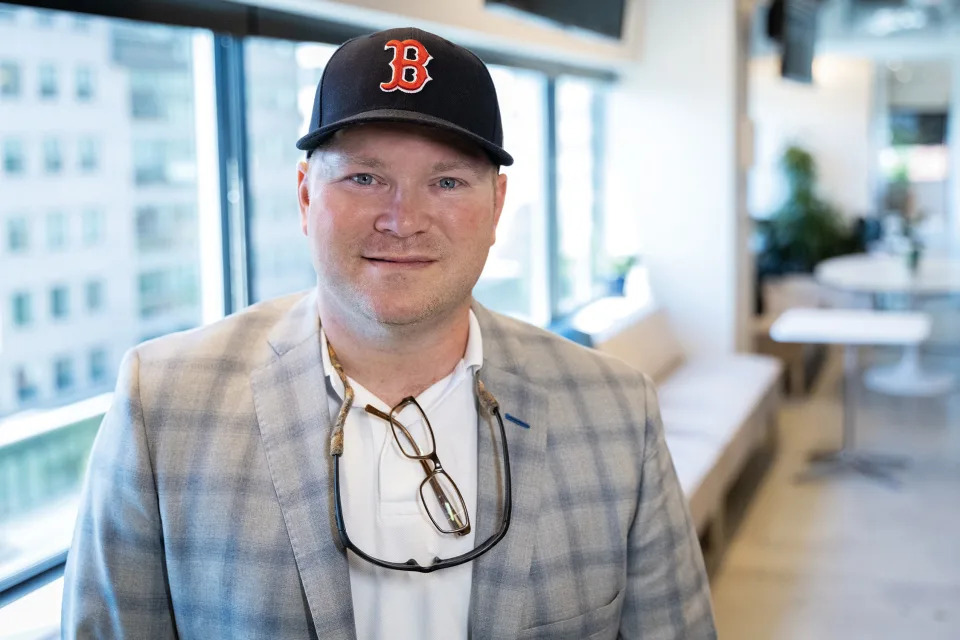Well, there are no effective treatments that cure spasticity, so lying once again about stroke. I've had botox and muscle relaxants, neither of which did one damn bit of good for my spasticity.
Spasticity 101 - A debilitating yet treatable common condition after a stroke
MISSION, KS / ACCESSWIRE / November 28, 2022 / (Family Features) In the year following a stroke, about 1 in 3 stroke survivors will experience spasticity, a common post-stroke condition which causes muscle stiffness due to involuntary muscle contractions. Most commonly affecting the elbow, wrist and ankle, the condition may make it difficult to do activities people were able to do before their stroke like dressing, brushing their teeth or walking.

More than 3 million stroke survivors may wrestle with reduced independence and increased reliance on caregivers due to spasticity. The condition is particularly common in younger stroke survivors.
After a stroke, the way your brain communicates with your muscles may change. Muscles may be stiff or resistant to stretching. They may involuntarily contract or have a smaller range of motion.
"While there's no cure for spasticity,(Well, who the fuck is working on a cure? Solve the problem, don't just tell us it exists.) working with your care team to find the best treatment options for you can help provide comfort, relief and independence," said Richard D. Zorowitz, MD, volunteer past chair of the American Heart Association's Stroke Council Rehabilitation and Recovery Committee and chief medical informatics officer and outpatient attending physician at MedStar National Rehabilitation Network.
Some common symptoms include painful muscle spasms; difficulty stretching muscles; stiffness in the arm, hand, leg and ankle; an arm folded and pressed against the chest with a curled wrist and fingers; an involuntary tight fist; pointed foot; curled toes; and overactive reflexes.
If left untreated, spasticity can cause painful and debilitating bone and joint deformities. Experts stress seeing a doctor as soon as symptoms develop. Assessment of the condition is critical in developing a treatment plan based on individual needs and goals, the severity of the condition and overall health.
Management plans may include targeted injections of botulinum toxin, oral medications, intrathecal baclofen pump therapy, physical therapy or other methods to improve the muscles' ability to stretch and regain range of motion. Home modifications such as assistive devices and other adaptations to increase independence and safety may also help.
If you or a loved one is dealing with spasticity after a stroke, talk to your doctor or health care team about options to treat and manage it. Find resources and tools to help at Stroke.org/Spasticity. Spasticity education made possible through funding by Ipsen.

Knowing the Signs of Stroke Saved One Man's Life
When Herbert "Hub" Miller worked as a global leader for an international agriculture science company, his boss ended every meeting with a reminder of the "FAST" acronym to recognize the signs of stroke: Face drooping, Arm weakness, Speech difficulties and Time to call 911.
"I'd sit back and think, ‘Here comes the whole FAST speech again; let's move on,'" Miller said. "I didn't know I'd ever use it on myself."
In April 2021, Miller was working from home when he experienced throbbing head pain. As other symptoms began appearing, the 42-year-old remembered those meetings and checked off the symptoms: His face was numb, his left arm drooped and he struggled to form words.
It turned out to be a hemorrhagic stroke, a ruptured blood vessel bleeding into the brain. Miller's odds of surviving weren't good, but it wasn't until he was recovering in intensive care that he understood the full impact of the stroke. It caused abnormal increases in muscle tone causing stiffness, pain and spasms known as spasticity, leaving him with mobility and cognitive challenges.
After the stroke, Miller struggled with once-simple tasks like drawing a clock, completing a word puzzle and playing memory games.
"Spasticity changed my life and added an additional hurdle to my stroke recovery," Miller said. "Without being able to open and close my left hand, I can't write, type or drive like I used to. Those are things most of us take for granted until we can't do them."
Miller worked on his penmanship at the same time his youngest son learned to write in the first grade. Miller asked the teacher to send home extra worksheets, and father and son did homework together.
"I don't measure my success day by day, but when I look back to a year ago and where I am today, I am grateful every day how far I have come," he said.
Photo courtesy of Getty Images (patient undergoing physical therapy)
Michael Frenchmfrench@familyfeatures.com
No comments:
Post a Comment